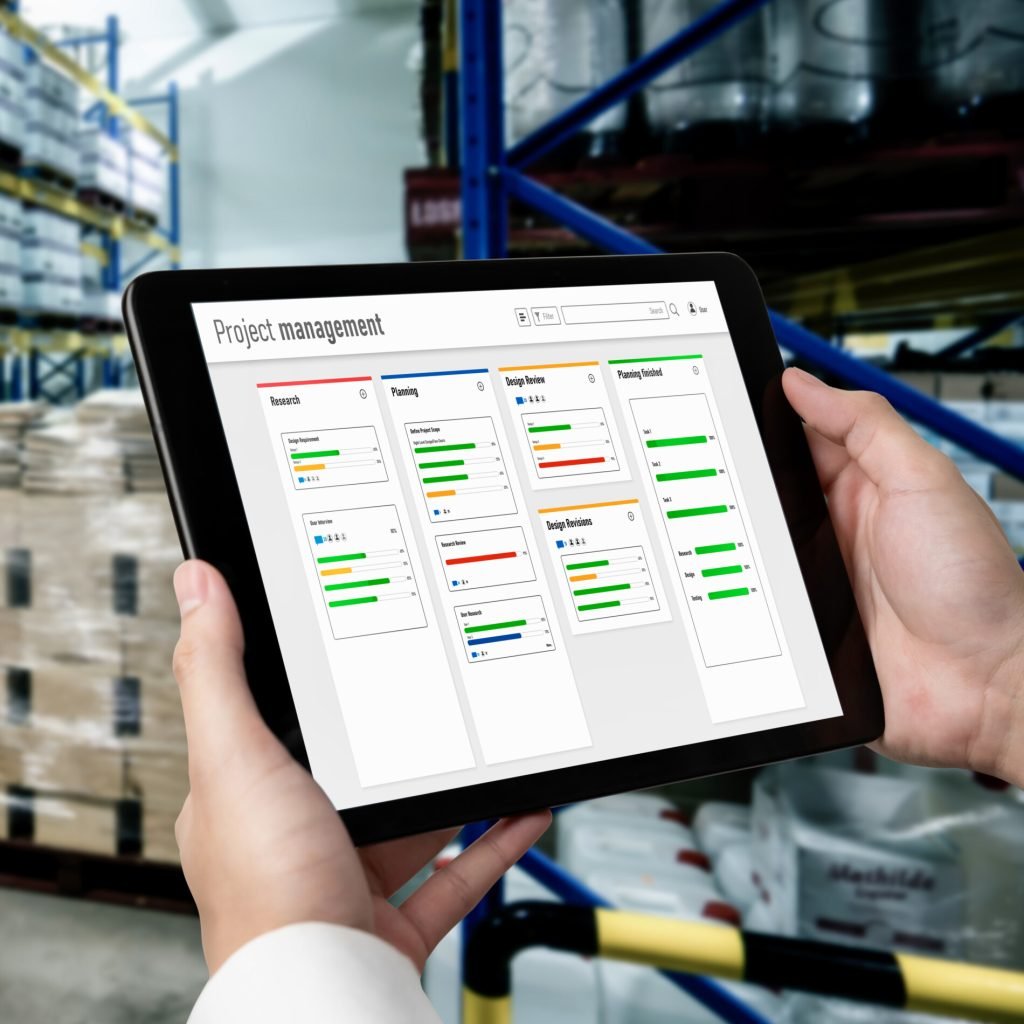The Power of the Silent Tier: Why Tier-2 and Tier-3 Suppliers Hold the Future of Supply Chain Stability

By Maria Kalamatas | May 7, 2025
Ho Chi Minh City, VIETNAM —
For years, tier-2 and tier-3 suppliers operated in the shadows—rarely mapped, never monitored. But in 2025, they’ve become the most critical piece of the supply chain risk puzzle.
“We used to stop our mapping at the first tier. That’s where the contracts were,” said Sylvain Picard, Global Sourcing Director at Axentra Energy Systems. “Then a small capacitor supplier in Vietnam halted our production line in Germany. We’re not making that mistake again.”
The domino effect, now traceable
Supply chain breakdowns in 2023 and 2024—sparked by everything from wildfires in Canada to political unrest in Myanmar—exposed the fragility of these overlooked links. In one case, a delay at a third-tier dye supplier in Gujarat caused a cascading delay in fast fashion shipments across Europe.
“Most disruptions don’t come from who you know,” said Mónica Rivas, Senior Analyst at ChainRisk Global. “They come from who you forgot to look at.”
New tools, new visibility
Digital supply chain platforms are now offering deep-tier traceability, using blockchain and AI-driven mapping to trace component paths across continents. One popular tool—MapCore360—has seen a 280% increase in enterprise subscriptions since January 2024.
But technology is only part of the solution. Engagement at the bottom tiers often requires building entirely new relationships, often across language, legal, and compliance gaps.
“It’s not just about data. It’s about trust,” Picard noted. “You can’t trace what doesn’t want to be traced unless you’re willing to invest in the partnership.”
From cost center to competitive edge
Companies that once saw lower-tier sourcing as an invisible cost now see it as a competitive differentiator. By stabilizing these relationships, they reduce volatility at the top.
In February, MedLink Devices avoided a six-week shipment freeze after a storm hit the Philippines—thanks to a backup contract they’d signed directly with a tier-3 PCB board maker.
“Resilience is built at the edges, not the core,” said Rivas.
The new standard: full-spectrum sourcing
Industry analysts believe that by 2026, tier-3 visibility will be a procurement standard in most ESG-conscious firms, especially as regulatory pressure mounts.
“Shareholders are asking questions that suppliers can’t dodge anymore,” said Picard. “And the answers lie further down the chain than ever before.”
The post The Power of the Silent Tier: Why Tier-2 and Tier-3 Suppliers Hold the Future of Supply Chain Stability appeared first on The Logistic News.
Share this post
Related
Posts
Aurora Partners with McLeod Software to Scale Autonomous Truck Freight
By Maria Kalamatas — August 29, 2025 DALLAS — August 29, 2025. At a truck stop just outside Dallas, a convoy...
Rotterdam Bets on Wind Power to Keep Food and Pharma Cold
By Maria Kalamatas — August 29, 2025 ROTTERDAM — August 29, 2025. At the edge of Europe’s busiest port, where container...
Inside M&S’s New Robot-Run Warehouse: Less Noise, More Speed
By Maria Kalamatas — August 29, 2025 MILTON KEYNES, UK — August 29, 2025. The warehouse doesn’t sound like a warehouse....
FedEx Turns to Indian Researchers to Make Air Cargo Smarter
By Maria Kalamatas — August 29, 2025 CHENNAI — August 29, 2025. The campus of the Indian Institute of Technology Madras...





